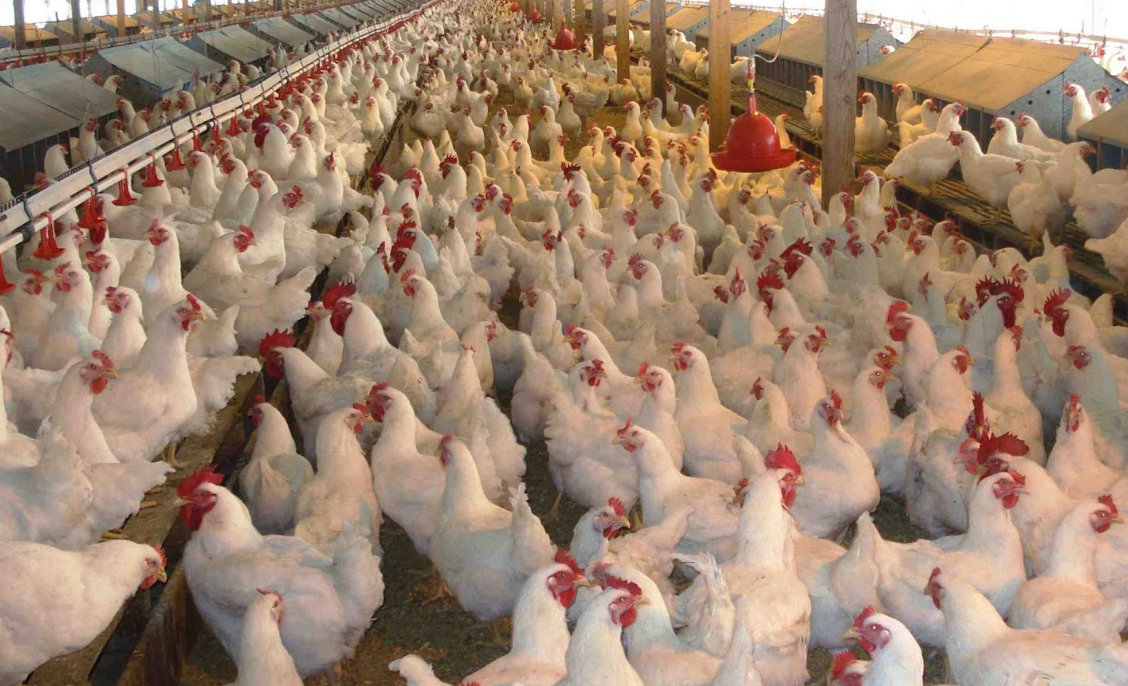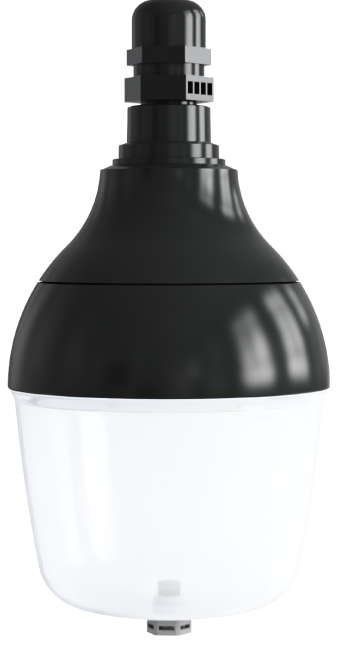What are the light requirements for poultry?
What are the light requirements for poultry?

Directory:
1. Light Intensity
2. Spectral Composition
3. Photoperiod Management
4. Light Source Specifications
5. Welfare-Driven Innovations
6. Regulatory Compliance
Light management in poultry production is a critical factor influencing growth performance, reproductive efficiency, and animal welfare. Unlike human-centric lighting standards, poultry lighting must account for avian-specific vision, which includes tetrachromatic perception and sensitivity to ultraviolet wavelengths. Modern systems integrate three core elements: intensity (5–50 lux, tailored to species and life stage), spectral composition (wavelength-targeted effects from red to UV-A), and photoperiod control (adaptive light-dark cycles). Advances in LED technology and IoT-enabled controls now enable precision lighting strategies that align with global welfare regulations while boosting productivity by up to 30%.
1. Light Intensity
Measurement:
While lux (lumens/m²) is commonly used, poultry vision differs significantly from humans. Chickens possess tetrachromatic vision (including UV-A sensitivity) and perceive light intensity differently. Recent studies advocate for poultry-specific metrics (e.g., clux – "chicken lux") adjusted for avian spectral sensitivity.
Recommended Levels:
Broilers: 5–20 lux (first week: 20–40 lux for chick activity)
Layers: 10–15 lux (nesting areas: 30–50 lux to stimulate egg laying)
Breeders: 30–50 lux to maintain reproductive performance
Excessive intensity (>50 lux) increases aggression and stress, while <5 lux impedes feeding behavior. LED dimming systems enable precise control, reducing energy use by 40–60% compared to incandescent bulbs.
2. Spectral Composition
Key Wavelength Effects:
Red light (630–660 nm):
Accelerates sexual maturity in layers (+5–7 days)
Reduces pecking injuries by 20–30%
Green light (510–560 nm):
Enhances muscle growth in broilers (7% higher breast yield)
Improves immune response (higher IgG levels)
Blue light (450–480 nm):
Regulates circadian rhythms via melanopsin receptors
Increases feed efficiency by 12% in turkeys
UV-A (315–400 nm):
Improves foraging behavior and vitamin D3 synthesis. EU regulations now mandate UV-A provision in free-range systems.
3. Photoperiod Management
Broilers:
0–3 days: 23L:1D (to establish feeding)
4–35 days: Gradual reduction to 18L:6D
Intermittent lighting (e.g., 1L:3D cycles) reduces leg disorders by 15%
Layers:
Pullets: 8–10L:14D to delay premature lay
Production phase: 14–16L:8D (maximizes egg mass)
Light should increase gradually (15–30 min/week) to avoid stress
4. Light Source Specifications
LED Advantages:
Lifespan: 50.000–100.000 hours (vs. 1.000–2.000 for incandescent)
Flicker: <1% (critical, as poultry detect flicker up to 150Hz vs. human 60Hz)
Color Tuning: Programmable RGBW systems allow spectral adaptation
Key Metrics:
Flicker Index: <0.15 (CIE TN-006:2020)
CRI: >80 for accurate feed/health monitoring
Uniformity: >0.7 across the house
5. Welfare-Driven Innovations
Circadian Lighting:
Dynamic spectra mimicking natural dawn/dusk (2.700K–6.500K) reduce corticosterone levels by 25%
3D Light Distribution:
Vertical illuminance (≥5 lux at perch height) improves roosting behavior
Flicker Mitigation:
High-frequency drivers (>20 kHz) prevent retinal stress observed in CFL systems
6. Regulatory Compliance
Global Standards:
EU: Directive 2007/43/EC (min 20 lux during inspection)
USA: NCC Animal Care Guidelines (4-hour continuous dark period)
Global Animal Partnership: Required UV-A exposure for organic poultry
7. Related Product

_thumb.jpg)